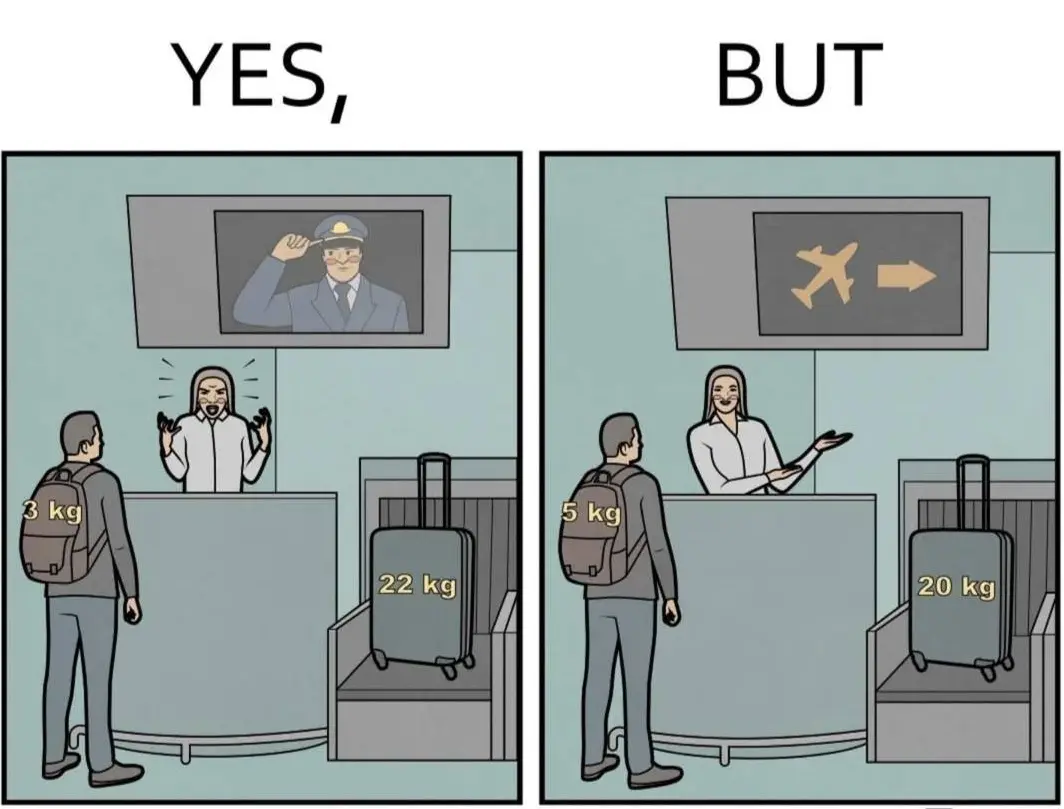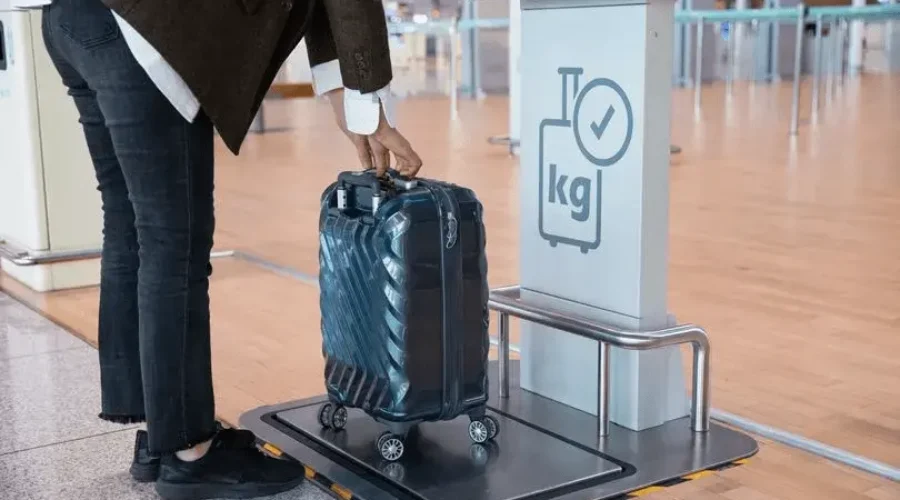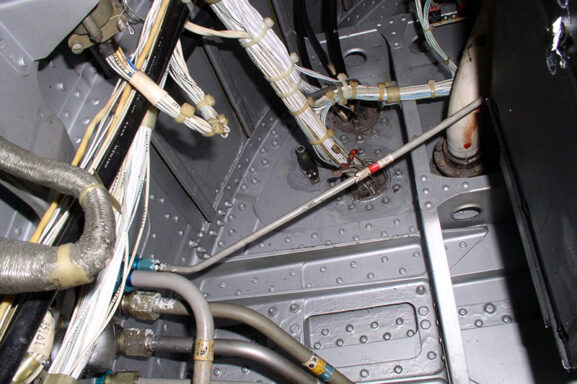Why Do Airlines Strictly Enforce Carry-On Weight Limits?
Have you ever wondered why airlines impose such strict rules on carry-on baggage weight? Picture this: You’re at the check-in counter, having just finished packing for your trip. Your carry-on bag is bulging a little—maybe it’s over 7 kg—and the airline staff gently suggests that you transfer some of the contents to your checked baggage. You’re left scratching your head, thinking, “Why does it matter? After all, the total weight of my luggage is the same, whether it’s in my carry-on or checked bag, right?”
Well, it turns out that the answer is not as simple as it seems. While it might seem like a minor inconvenience, the reasons behind these rules are deeply rooted in the safety, efficiency, and balance of the entire aircraft. Let’s take a closer look at why airlines enforce these baggage weight rules, even when the weight doesn’t change regardless of where your bag is stored.

Safety and Aircraft Balance
The first and most critical reason is safety. Aircraft are designed with precise weight and balance calculations. The distribution of weight throughout the plane affects how it flies, especially during takeoff, flight, and landing. When you stow your bag in the overhead compartment, it contributes to the overall balance of the plane.
If passengers were allowed to carry heavier bags in the cabin, the plane could end up being unbalanced. This is especially true for smaller planes, where even slight weight imbalances can have a significant effect on performance. Heavier carry-ons in the overhead bins could cause the plane to lean toward the back or disrupt the plane’s aerodynamics, making the flight less stable.
Emergency Situations: Quick Access is Key
In the rare event of an emergency evacuation, every second counts. Imagine trying to evacuate quickly, only to find that the overhead compartments are packed with heavy bags. It could make it harder for passengers to access their belongings or open the bins at all. That’s why airlines keep carry-on weights light—so that in an emergency, passengers can easily retrieve their items without obstruction and the bins open smoothly.
A lighter load in the cabin also ensures that flight attendants can assist passengers efficiently during boarding and disembarking without risking injury. The rules help maintain a safer environment for everyone.
Cabin Space and Passenger Comfort
Airlines are constantly working to make sure that all passengers have a comfortable and pleasant experience. The more weight passengers place in the overhead compartments, the less space there is for others to store their belongings. This can lead to overcrowded bins and frustration for those who are unable to stow their luggage in the cabin.
Enforcing a weight limit for carry-on bags ensures that there’s enough room for everyone’s belongings and keeps the cabin tidy. It also helps create a more organized space, making it easier for passengers to move about the cabin, especially when boarding or disembarking.
Regulatory Compliance
Airlines must adhere to strict regulations set by aviation authorities that govern aircraft weight, cargo distribution, and safety. These regulations ensure that every plane, no matter the size or model, is in compliance with safety standards. The carry-on weight limit is part of this larger effort to make sure that aircraft are within their prescribed weight limits, which affects fuel efficiency, safety, and overall operational efficiency.
By enforcing these rules consistently, airlines maintain compliance and reduce the risk of costly penalties or safety issues.
Checked Baggage: The Better Alternative
Now, let’s talk about why airlines encourage passengers to move excess weight into their checked bags. Checked baggage is stored in the aircraft’s cargo hold, which is specifically designed to handle larger, heavier loads. Unlike the overhead bins, which are part of the cabin and affect the plane’s balance, the cargo hold is built to distribute the weight more evenly throughout the aircraft.
When excess weight is transferred to checked luggage, the overall weight of the plane remains the same, but the distribution is more efficient. This ensures that the plane remains balanced, which is crucial for maintaining stability, reducing fuel consumption, and ensuring a smooth flight.
So next time you’re at the airport, remember that those baggage rules aren’t there just to make your life difficult—they’re in place to keep you safe, make your flight more comfortable, and ensure that your journey is as smooth as possible.



